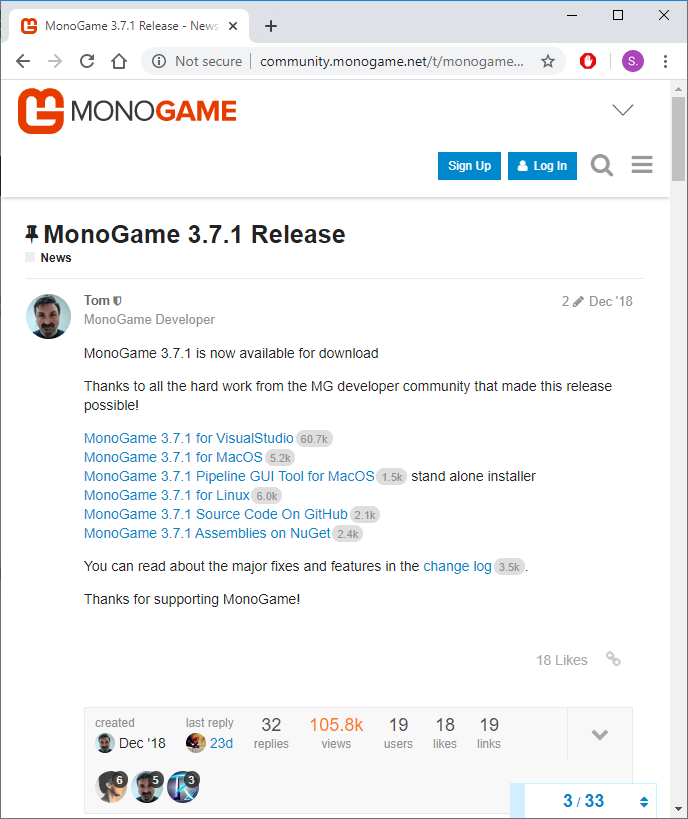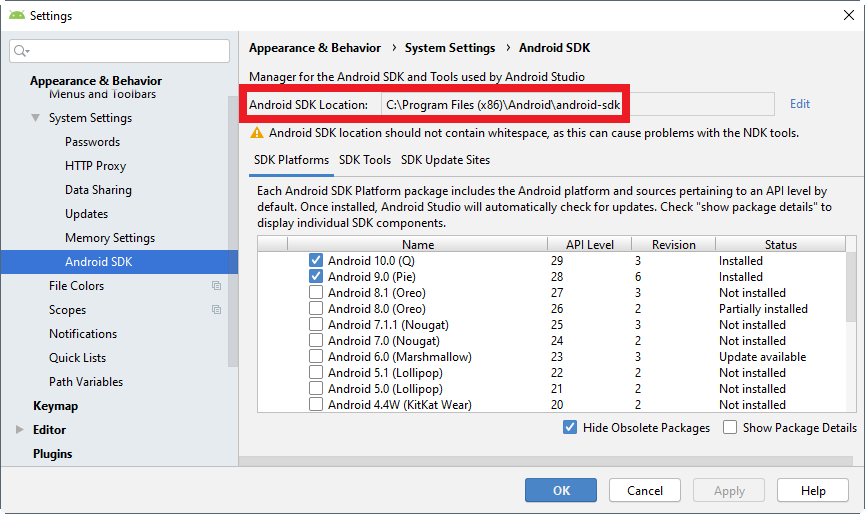

Create a new SpriteBatch, which can be used to draw Let’s take a look at playing SoundEffect in MonoGame: // Example showing playing sound effects using the simplified audio Unlike a Song, SoundEffects are designed to support multiple instances being played at once. This example shows playing sound effects. In this example we wire up a MediaStateChanged event handler that will be called when the song completes, decreasing the volume and playing the song again. Our Song can then be played with a call to MediaPlayer.Play(). Once again the content loader does not use the file’s extension. Our Song is loaded using the ContentManager just like we did earlier with Texture, this time with the type Song. We depend on this for the MediaPlayer and Song classes. Notice that we added the using statement. GraphicsDevice.Clear(Color.CornflowerBlue) Protected override void Draw(GameTime gameTime) If (GamePad.GetState(PlayerIndex.One).Buttons.Back =īuttonState.Pressed || Keyboard.GetState().IsKeyDown( Protected override void Update(GameTime gameTime) Void MediaPlayer_MediaStateChanged(object sender, System. MediaPlayer.MediaStateChanged += MediaPlayer_MediaStateChan Uncomment the following line will also loop the song SpriteBatch = new SpriteBatch(GraphicsDevice) Graphics = new GraphicsDeviceManager(this) This example shows playing a song using the simplified audio api

Monogame visual studio verson code#
Now let’s look at the code involved in playing the song we just added to our game. The only option here is to configure the mp3 audio quality, a trade off between size and fidelity.

If it is a supported format you will see the Processor field is filled ( otherwise it will display Unknown ). Simply add the content like you did using right click->Add Existing Items or the Edit menu: This process is virtually identical to adding a graphic file in your content file. Adding Audio Content using the Content Pipeline Unfortunately Ogg support is not as ubiquitous as we’d like it to be. From a legal perspective, Ogg Vorbis is superior in every single way. If your game has over 5,000 users you could be legally required to purchase a license. Unless you have a good reason, I would recommend you stick to the content pipeline for audio whenever possible.Īlthough MP3 is supported by MonoGame, you probably want to stay away from using it.
Monogame visual studio verson android#
In this situation, be aware that certain platforms do not support certain formats ( for example, no wma support on Android or iOS, while iOS doesn’t support ogg but does support mp3 ). As you will see shortly though, it is also possible to load audio files outside of the content pipeline. Simply add your audio files ( mp3, mp4, wma, wav, ogg ) to the content pipeline and it will do the rest of the work for you. Fortunately the content pipeline takes care of a great deal of the complications for us. When playing audio there is always the challenge of what formats are supported, especially when you are dealing with multiple different platforms, all of which have different requirements.

There is an HD video of this chapter available here. We will be taking a look at both processes. Since the initial release they added a much simplified API. Originally XNA supported one way of playing audio, using XACT (Cross Platform Audio Creation Tool ). In this chapter we are going to look at using audio in XNA.


 0 kommentar(er)
0 kommentar(er)
